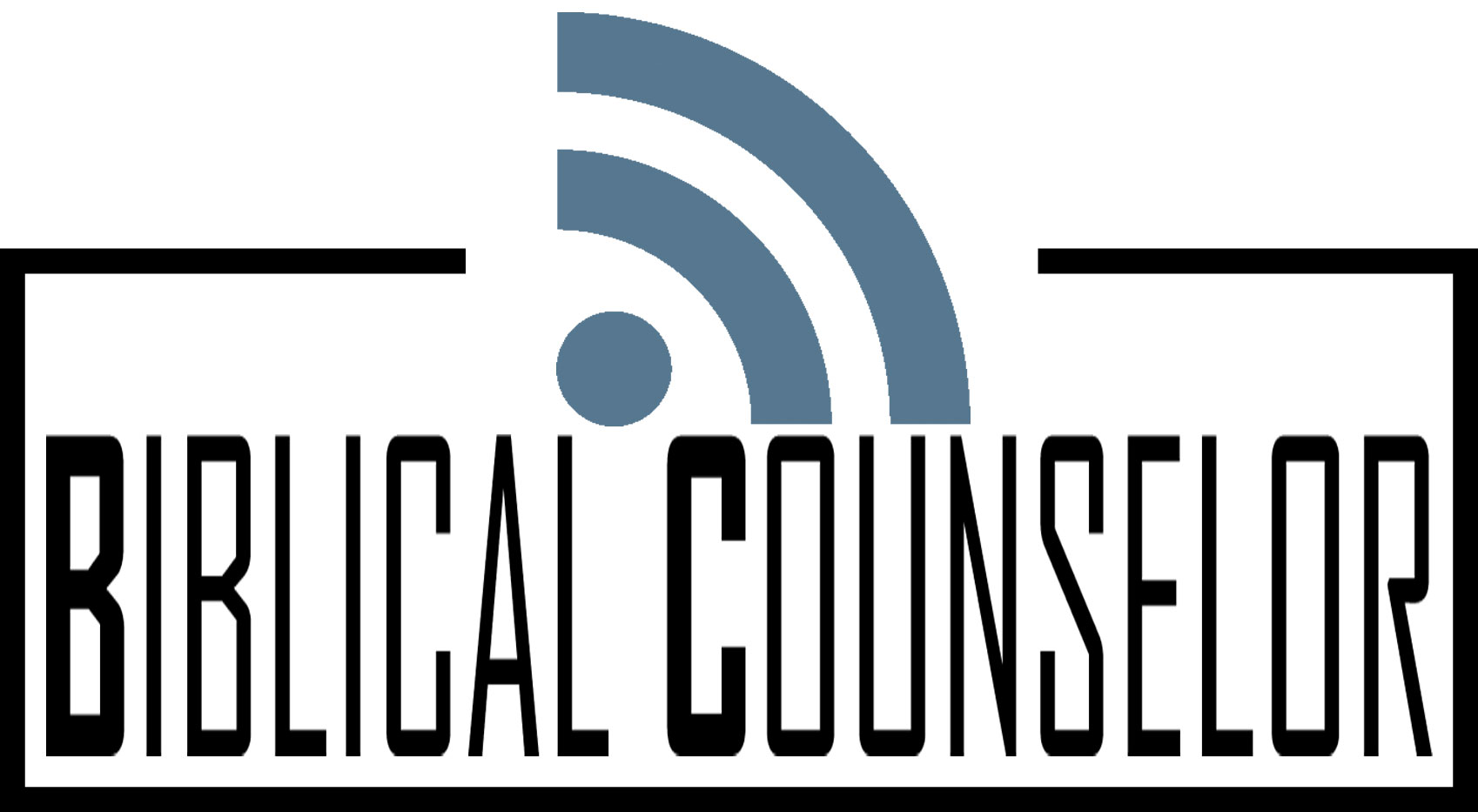As World War I was coming to a close, still another enemy was making its way toward the nation’s capitol: the Spanish Flu. Between October 1918 and February 1919, an estimated 50,000 cases were reported in the District of Columbia; 3,000 D.C. residents lost their lives.[1] At the peak of the pandemic, the DC government banned all public gatherings, including churches. How Christians responded provides some lessons and principles for responding to similar dilemmas in our own day.
THE RISING DEATH TOLL
The first active cases in the District were reported in September 1918. Between September 21–26, six people succumbed to the flu. On September 26, Health Officer Dr. W. C. Fowler warned the public to be cautious about influenza but said he did not yet expect a full-on pandemic.[2] He was wrong. The next day saw three more deaths and 42 new cases.[3] From that point on, cases multiplied rapidly and deaths followed shortly thereafter.
When 162 new cases were reported on October 1, city officials took action. Public schools were ordered to close indefinitely and operating hours for stores were limited to 10 AM to 6 PM.[5] More closings followed in the next few days. On October 3,
To continue...read the full-length post originally published on this site.

